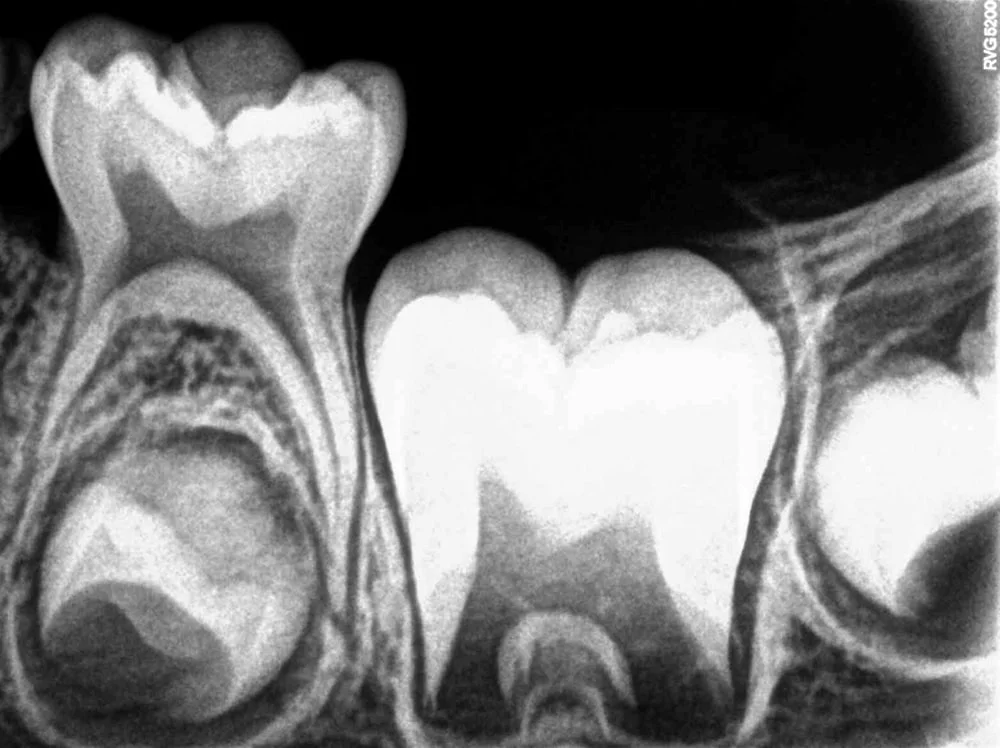
Imaging in seconds..!
Radiovisiography (RVG)
RVG is one of the latest imaging technologies in dentistry used for routine dental examination with minimal radiation and it covers only a few teeth and offers a two-dimensional evaluation of the offending tooth.
Unlike the conventional film radiography, it is acquired with reduced radiation to the patient and its software gives clinicians the ability to enlarge the different areas of the image for better diagnosis. Undoubtedly, the competence of the Carestream RVG software to achieve radiographs with no loss of image quality and ability to archive for longer periods of time, make the use of conventional dental film radiographs obsolete.
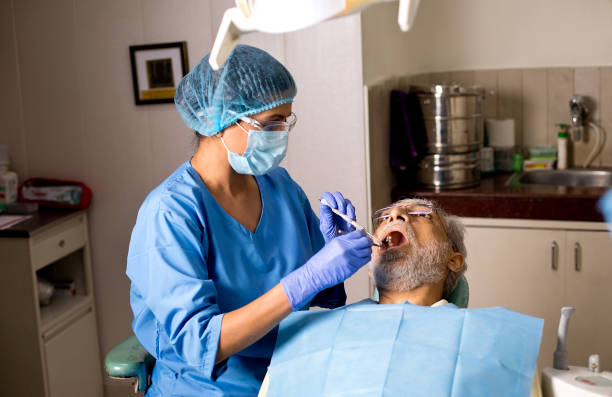
Cone Beam Computed
Tomography (CBCT)
CBCT is a specialized type of X-ray imaging technology that produces three-dimensional images of the area being scanned.It provides high-resolution images, allowing detailed visualization of dental structures and tissues. The radiation is of lower dose compared to traditional CT scans, making it safer for patients.
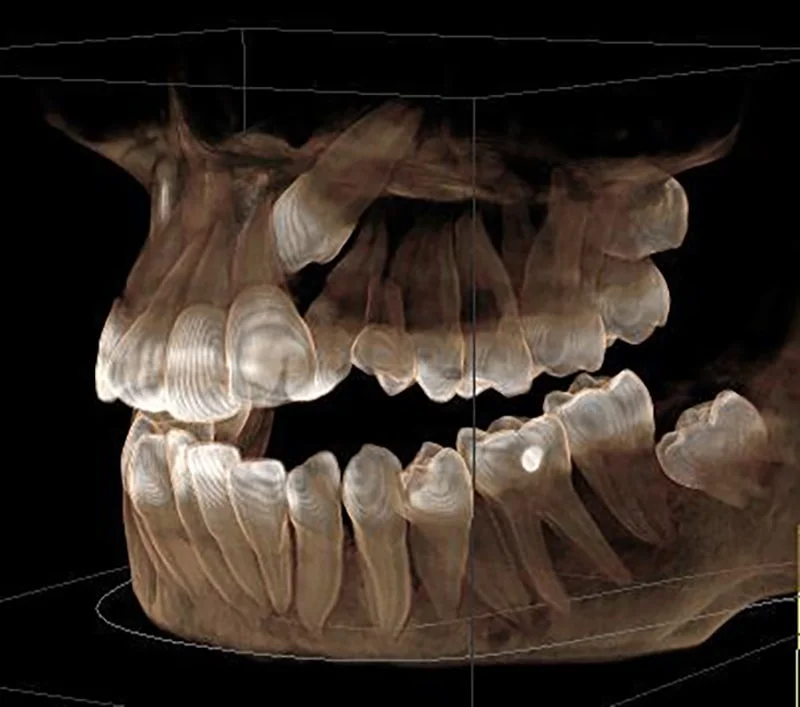
CBCT (Cone Beam Computed Tomography) is an essential tool in evaluating bone quality and quantity, which is crucial for dental and maxillofacial procedures. In addition to assessing bone structures, CBCT provides detailed visualization of soft tissues, including nerves and blood vessels, allowing for accurate mapping of their paths. This aids in precise digital treatment planning, helping to avoid any damage to vital structures and preventing complications during procedures.
The technology also enables precise measurements of anatomical structures, ensuring greater treatment accuracy and improved outcomes for patients.
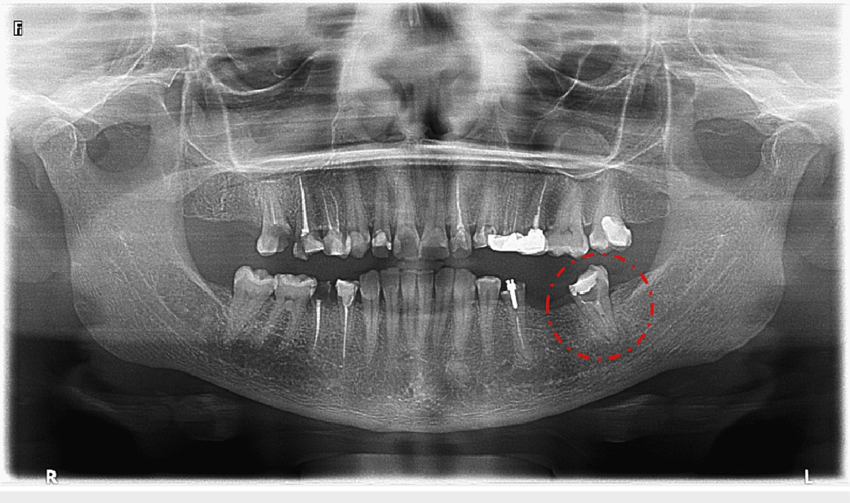
Orthopantomograph (OPG)
At Deep Dental Clinic, our Orthopantomograph (OPG) service provides a comprehensive and detailed panoramic view of the entire oral structure, aiding in accurate diagnosis and treatment planning. OPG is a vital tool in modern dentistry, offering numerous advantages for both patients and dental professionals.
There are clear advantages of panoramic images / OPG such as:
- Broad coverage of facial bones and teeth including the TMJ (Temporomandibular Joint).
- Low patient radiation dose.
- Convenience of gross examination for the patient.
- Ability to be used in patients who have restricted opening of their mouth.
- Short time required for producing the image.
- Useful visual aid in patient education and case presentation.
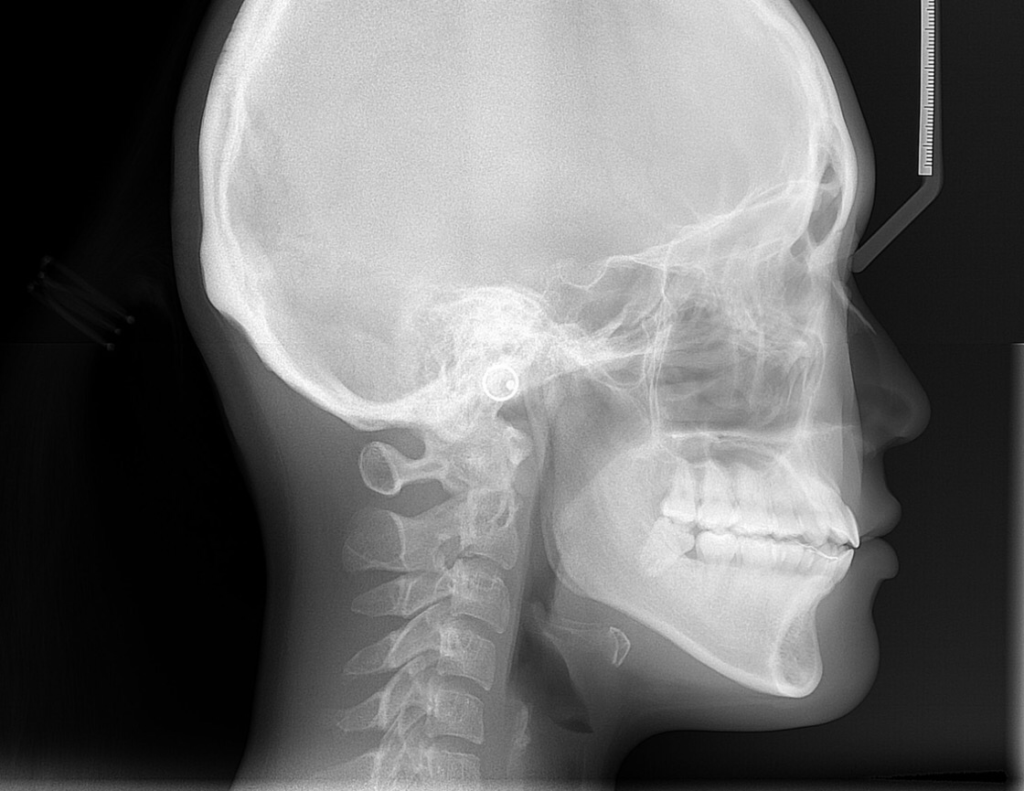
Lateral Cephalogram
A Lateral Cephalogram is an essential tool for assessing the skeletal growth pattern of the face, making it invaluable for diagnosis in orthodontics and orthognathic surgeries. This radiograph provides a side view of the face, showing the bones and facial contours on a single image. Various measurements can be taken to determine the relationship between the upper and lower jaws (maxilla and mandible) and to evaluate a patient’s bite.
Lateral cephalograms are also useful in predicting mandibular growth in children, allowing for accurate orthodontic measurements. They play a key role in tracking changes that occur during and after treatment, ensuring precise monitoring and planning throughout the course of orthodontic care.
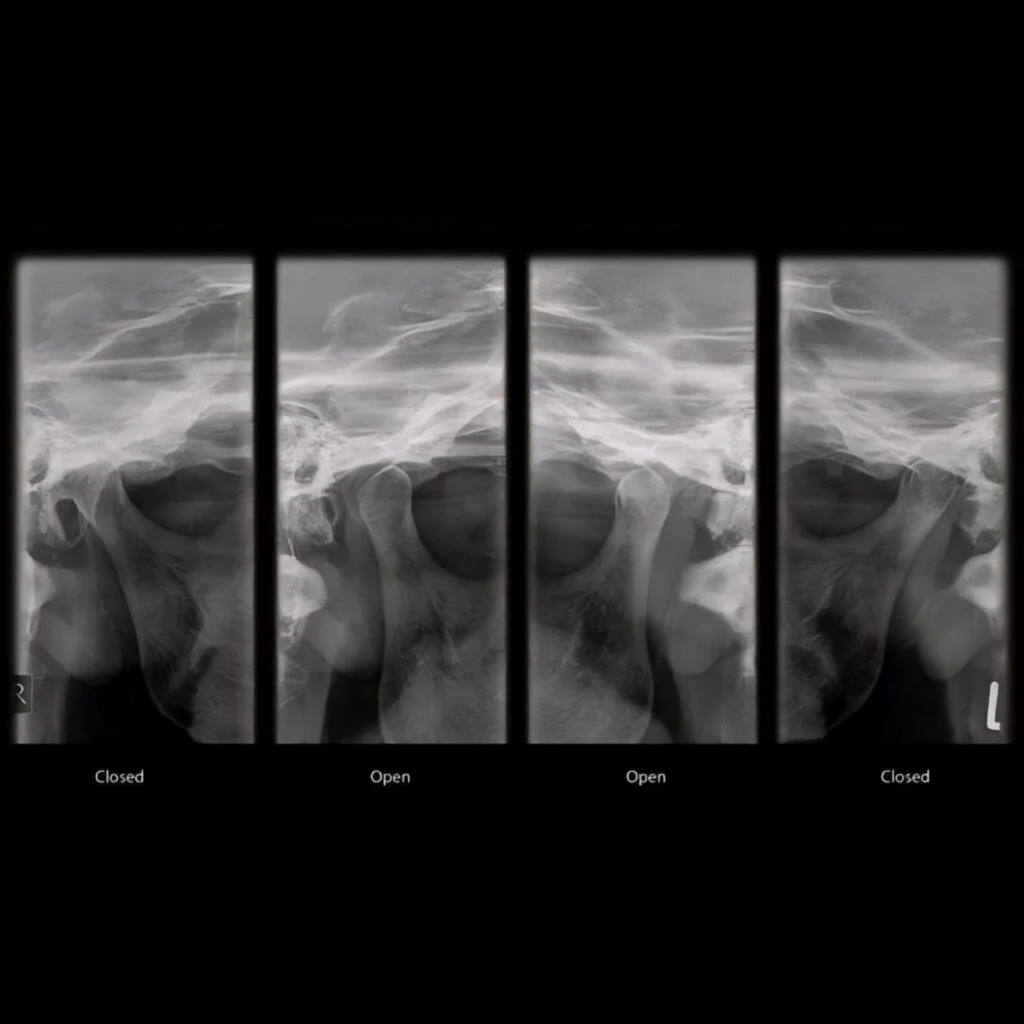
Temporomandibular
Joint View / TMJ View
This imaging can diagnose disorders to treat them effectively. It offers both closed and open views of the joints. The axio-lateral temporomandibular view allows for visualization of various parts of the temporomandibular joint, such as the articular tubercle, mandibular condyle and fossa and it is useful to identify structural changes and/or any fractures as well as to assess joint spaces and excursion.
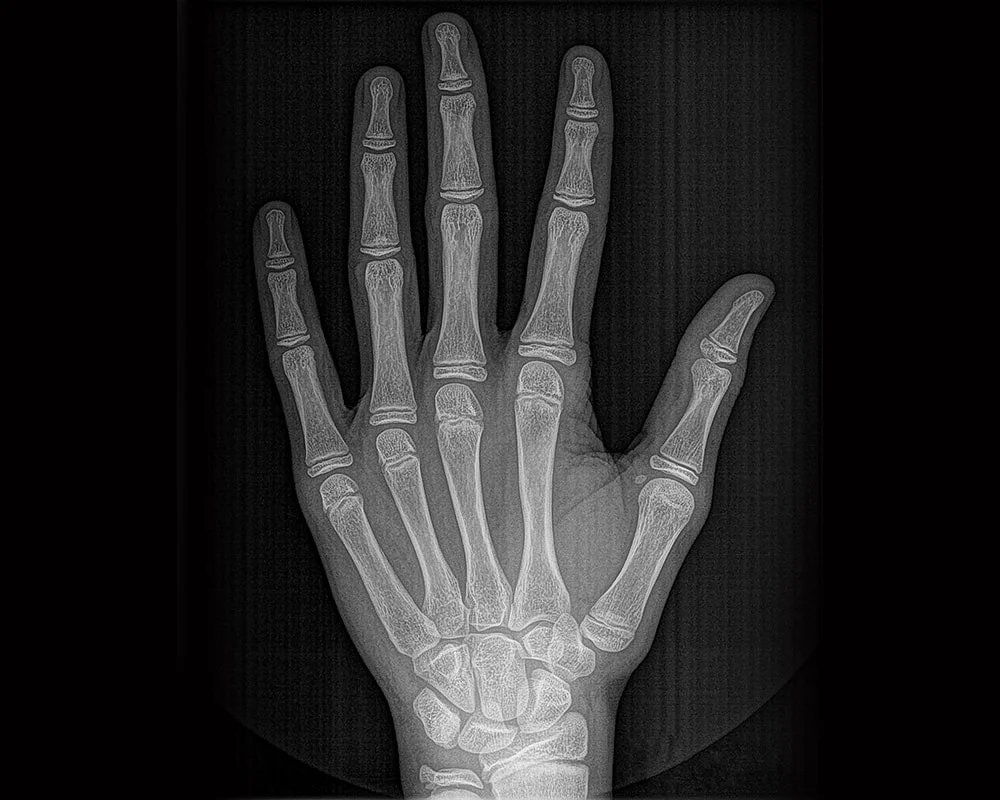
Hand – Wrist Radiograph
The hand and wrist radiograph help in estimating the skeletal age of bone for determining the physical maturation status of the child. It is used to determine parameters such as a patient’s skeletal age, the amount of growth left, to determine the type of orthodontic treatment or orthognathic correction required for the individual.



